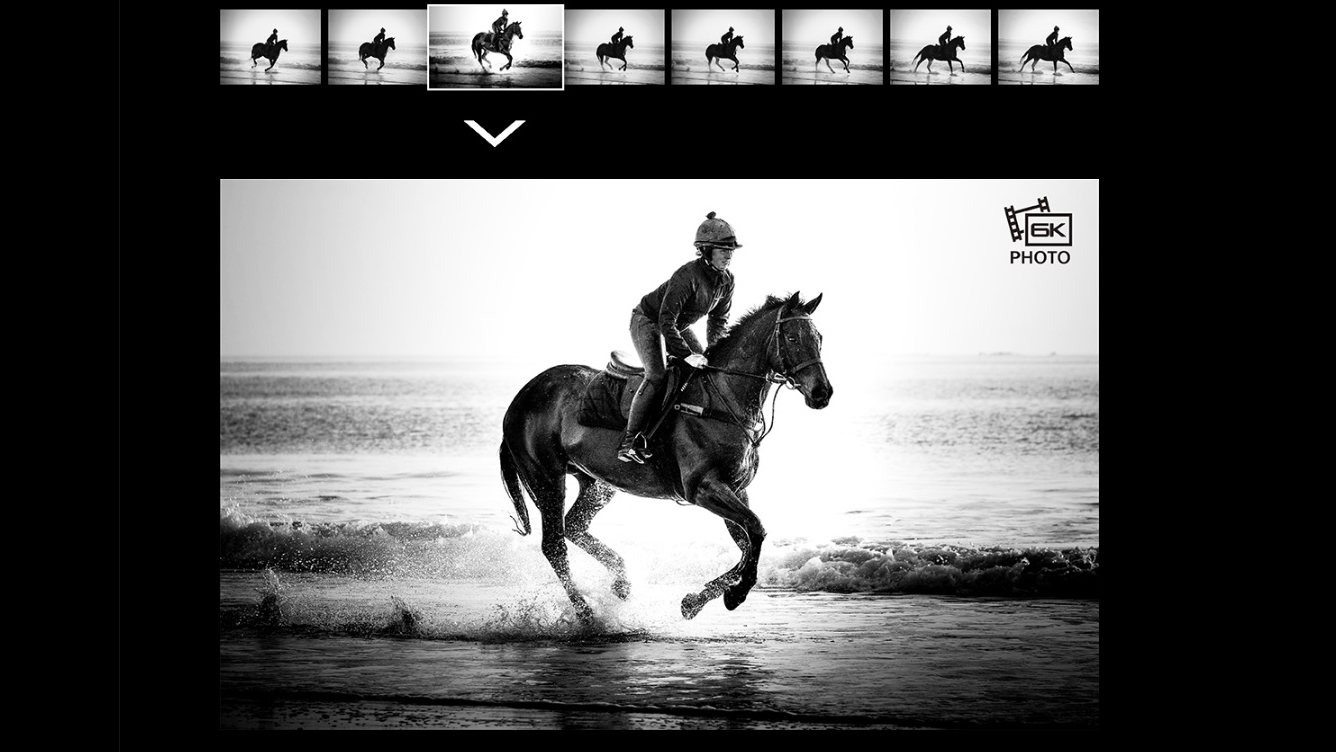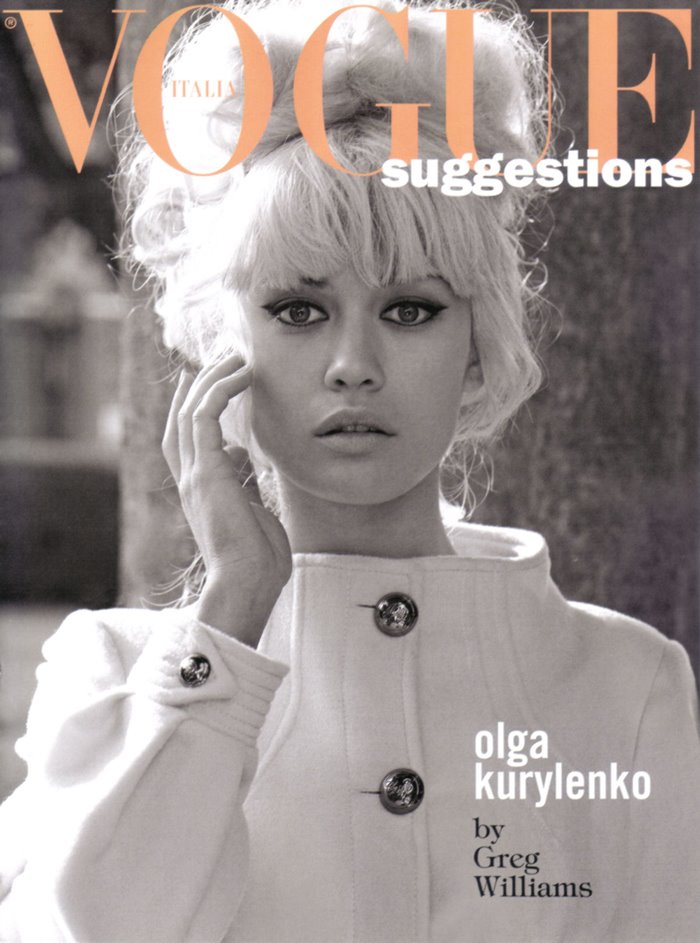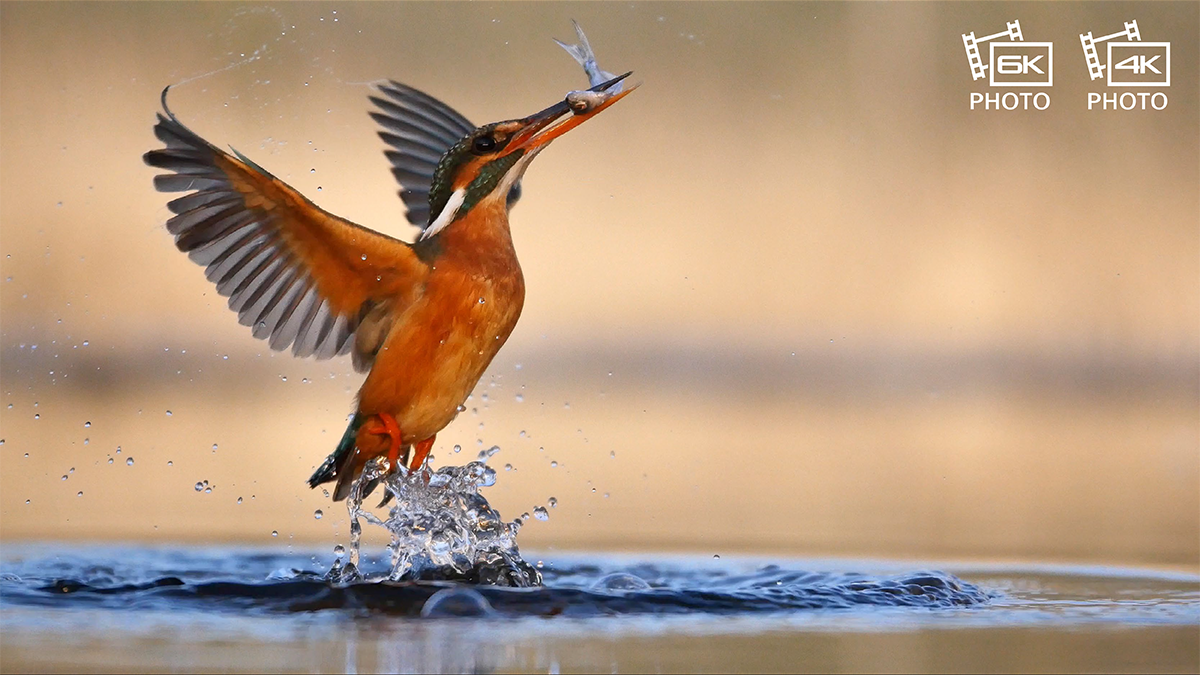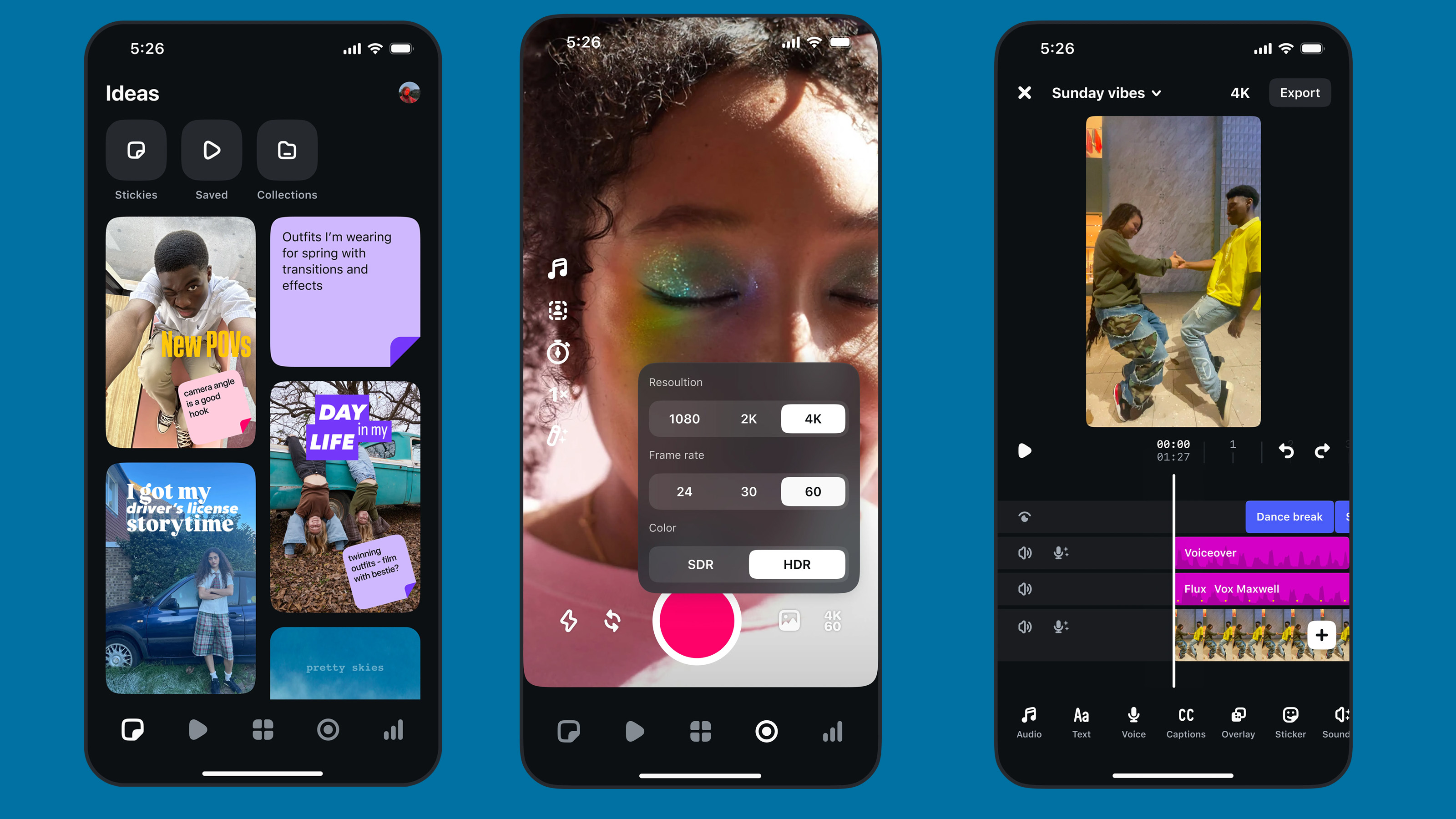We don't need stills cameras when video screen grabs are so good!
Screen grabs from videos are so good now, so do we even need stills cameras anymore?

So, I know this is going to be a rather controversial opinion, but it's hard to deny that some cinema cameras are fitted with extremely high megapixel sensors that in theory take faster photos than any stills camera market can today – we don't call it frames per second for nothing!
I've had this thought for a while now, and I'm wondering why we are still shooting with stills cameras when video and screen grabs from the videos are so good? Think of it this way; if I were to tell you that there are cameras that have between 24 and 80 megapixel sensors and can take images up to 240 frames per second, you would want to know where to get one. They are called cinema cameras!

Many cinema camera manufacturers have long told us about the benefits of pulling frames for stills. Wildlife documentaries on Discovery, BBC, History all pull screen grabs from the video shoot shot and use them for marketing material, and heck, screen grabs have even been used to shoot the cover of Vouge magazine. Don't believe me?
Read more: The best 4K camera for video
Take a look at the image above, a shot was taken by Greg Williams, a professional photographer. It was shot on a RED One 4K cinema camera back in 2008! If you still don't think you can use screen grabs for professional work, take a look over at the RED User camera thread and see that there are many cinematographers using their cameras to produce video content for clients and then offering them still images from the footage already shot as an extra.
With a video camera you are two crews in one – offering one service, but two different products, and brands love that as it's less time trying to book two people to the same shoot, when they can just hire one person to do it all, and the best thing is, you can focus on producing the best video for them possible and just grab the stills later!
That might sound lazy, but it's actually working smart. If you shoot RAW video then you open up your video camera and its still producing power to a whole new level. If you want your stills in TIFF just save them to that, want them as DNGs, just save them to DNG or you just want plain standard Jpegs, guess what.... you can save them to that, just load your footage into Adobe Premiere, DaVince Resolve or even Final Cut Pro X and you will seen the screen grab icon, simply adjust your keyframing until you're happy with the result and export.
Get the Digital Camera World Newsletter
The best camera deals, reviews, product advice, and unmissable photography news, direct to your inbox!
Yes, the editing time might take you a little longer to pick out the right images to save and export, but think about it: 1 second at 60fps is 60 frames per second to look at, compared to still where you might get 30 if you're lucky. To me the maths makes sense – to others it's a bitter pill to swallow!

RAW video isn't just on expensive RED cameras either. Blackmagic, Z-Cam, Canon, Nikon, and even Panasonic has been promoting 4K/6K photos for years now. They all do it these days and the options are staring you right in the face, so don't be afraid of them. Embrace it, use it to your advantage, offer your clients your video package, but then suggest that you can also provide them with stills from the shoot for other marketing materials, and you are suddenly a more valuable asset to that brand than the next cinematographer offering just a video package.
I am sure that there are many thinking I have gone crazy, lost my mind – that I would even suggest not taking pictures and just shooting video. But it's a strange time. I myself would have laughed in the face of anyone who would of given me this information five years ago, but technology evolves and with each iteration, it gets better and better and in a world where video is dominating social media platforms, ask yourself can you afford NOT to shoot video?
Read more:
Best 8K cameras
Best Netflix approved cameras
Best 4K cameras
Best cinema cameras
Best cine lenses
Blackmagic 12K or 4.6k, I know which I'd choose

For nearly two decades Sebastian's work has been published internationally. Originally specializing in Equestrianism, his visuals have been used by the leading names in the equestrian industry such as The Fédération Equestre Internationale (FEI), The Jockey Club, Horse & Hound, and many more for various advertising campaigns, books, and pre/post-event highlights.
He is a Fellow of the Royal Society of Arts, holds a Foundation Degree in Equitation Science, and holds a Master of Arts in Publishing. He is a member of Nikon NPS and has been a Nikon user since his film days using a Nikon F5. He saw the digital transition with Nikon's D series cameras and is still, to this day, the youngest member to be elected into BEWA, the British Equestrian Writers' Association.
He is familiar with and shows great interest in 35mm, medium, and large-format photography, using products by Leica, Phase One, Hasselblad, Alpa, and Sinar. Sebastian has also used many cinema cameras from Sony, RED, ARRI, and everything in between. He now spends his spare time using his trusted Leica M-E or Leica M2, shooting Street/Documentary photography as he sees it, usually in Black and White.
